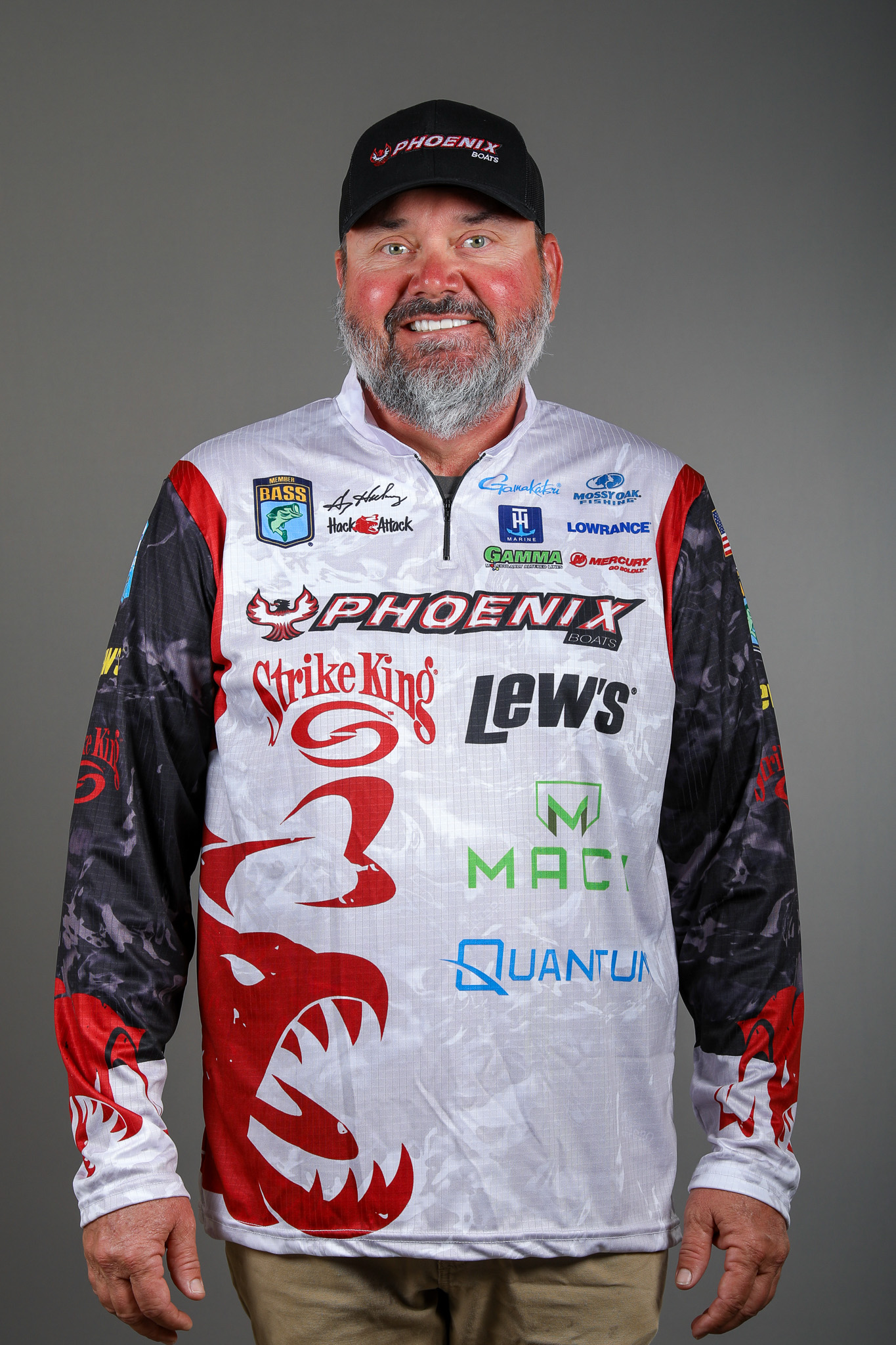Line is a complicated subject and, in my opinion, much misunderstood among the fishing community. Some of what you hear about it is just plain wrong and what isn’t is often misunderstood. Here’s what I mean:
A guy told me the other day that you’ll get more bites on an umbrella rig if you throw it with fluorocarbon line. Really?
The lures on an umbrella rig are held in place with heavy wire and swivels. Some of those rigs have a half-dozen or more wires many of them a foot long. Why in the world would it make any difference what kind of line you used? If anything was going to run the fish off, it’d be the wire, not the line.
I don’t buy into the theory that fish seeing your line affects whether or not they’ll bite your lure. Look at spinnerbaits. They’re made with wire and they’ve caught several fish over the years. It’s basically the same thing as with an umbrella rig.
If fish were as perceptive or as smart as some guys would have you believe, we’d never catch one. You know what I’m sayin’?
What I think line does do is affect the running depth, fall rate and the action of a lure. A small crankbait won’t perform as well on 20-pound-test line as it will on 8-pound-test line. But, a jig is a different story. Heavy line doesn’t bother it at all. I always fish a 1/2-ounce structure jig (casting) on 14-pound-test Gamma fluorocarbon. My 3/4-ounce structure jigs are fished on nothing less than 16-pound-test.
Jerkbaits are another good example. I sometimes fish them on lighter line but I do that to get them down deeper and to help keep them hold neutral buoyancy. I could care less about the fish seeing my line. It doesn’t matter.
At the same time I’m saying all that I will tell you that different lines have different characteristics. Fluorocarbon is an example.
Much is made of it being clear and nearly invisible. You hear that all the time. That’s true but I’ll tell you that even if it wasn’t I’d still use it. It’s heavy and dense. It helps me get my baits down deeper, and it helps me keep them there. It also gives me much better feel. I could care less about it being visible or invisible.
Braid is a somewhat different story. Like most anglers I flip and pitch with it because it’s tough. I suppose it’s visible, but who cares? We’re talking about a total reaction bite. They grab something because they’re predators. It’s what they do.
One exception: When I’m casting with braid I do take something else into consideration. I never fish with black. I know they can see it. And, I never fish with white for the same reason. I color my braid either green or red. (Red disappears first as you go deeper and deeper into the water.)
Another exception: I’m careful when I’m casting my lure 20 feet or so past the fish and then dragging it past him. Fish are curious creatures. If they can see the line, they might get wary — above all else they’re survivalists — and not bite the bait when they see it. I downsize and try not to use braid under those circumstances.
A question: Is it possible that monofilament and fluorocarbon line is actually more visible than braid? It reflects light. Maybe that makes it more visible to the fish, or at least more noticeable.
Because of what I believe I usually fish with heavier line than the other guys. If they’re using 10- or 12-pound-test, I’m probably using 14-pound-test. I can’t say my fishing suffers because of it.
Here’s the thing: None of us has any idea what a fish knows or why he or she acts the way they do. I’m not saying I have all the answers. I can say, however, that I worry more about finding them and presenting the right lure in the right way than I do about the size or color of my line.





